Microstructural evolution is another key theme in our research group. Many of our projects endeavor to document, understand and harness the driving forces responsible for changes in microstructure, crystal structure and chemistry.
Enhanced thermal stability in zirconia-based aerogels
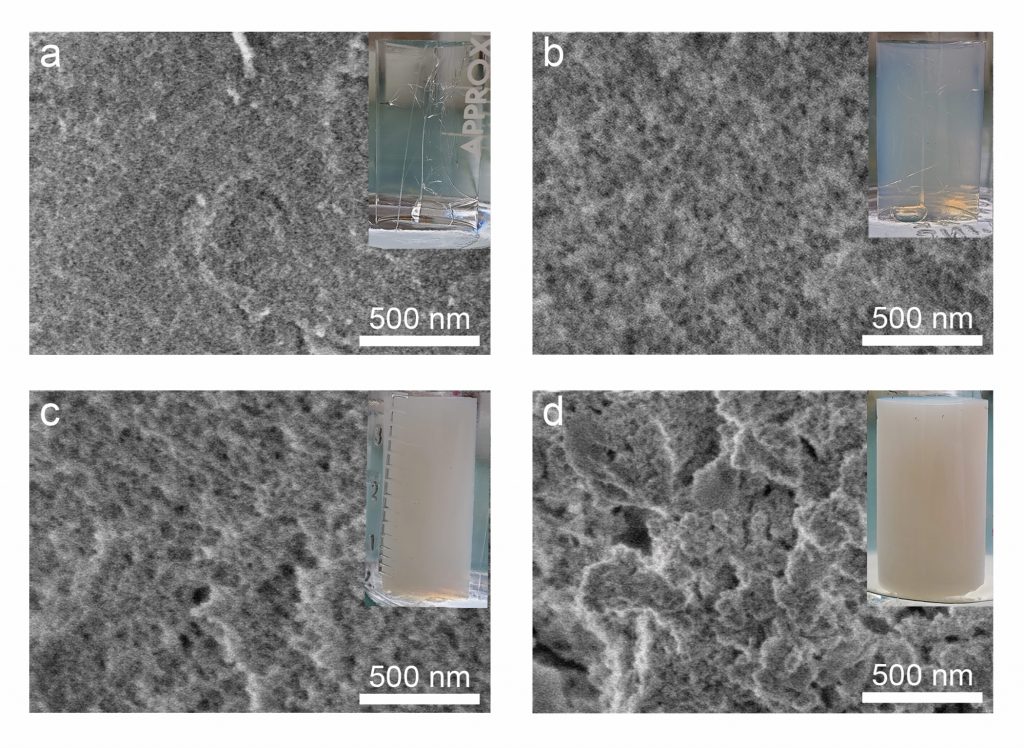
The goal of the project is to develop an understanding of the structural and thermal properties of doped zirconia aerogels for use in thermal protection systems for aerospace applications. Formulations and synthetic approaches for high temperature aerogels will be developed through iterative synthesis and characterization of yttria-stabilized zirconia or hafnia aerogels with other dopants: ytterbium, gadolinium, cerium, and calcium. With high temperature aerogels identified, composite materials utilizing ceramic fiber papers and aerogels will be fabricated and extensively characterized to determine their effectiveness as insulators with stability at high temperatures for application in re-entry vehicles, rovers, thermoelectric generators, and hypersonic aircraft.
Ion radiation assisted evolution in ceramics
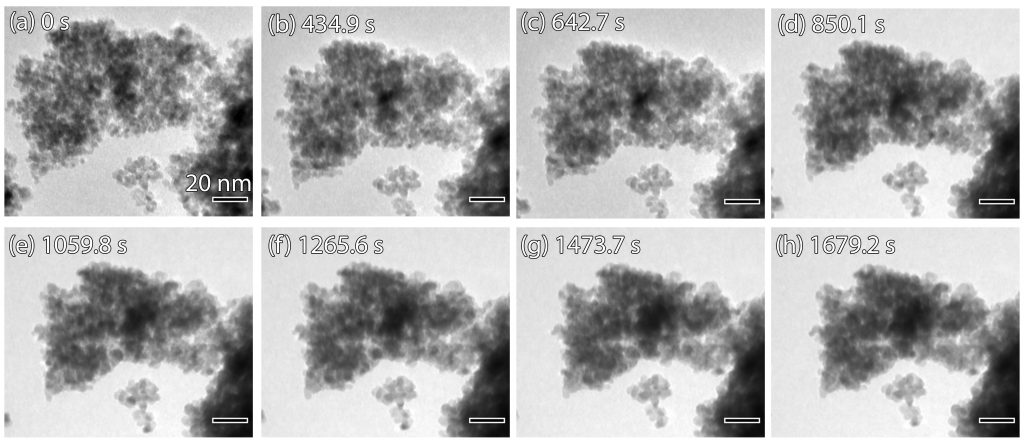
We have numerous efforts investigating ion-matter interactions within ceramic systems including the study of radiation enhanced diffusion (RED) via in situ sintering experiments, the efficacy of pores as invariant defect sinks, radiation-induced ordering behaviors and the role of residual order on the amorphization and recyrstallization behavior of oxides.
Oxidation and crystallization of transition metal diboride thin films
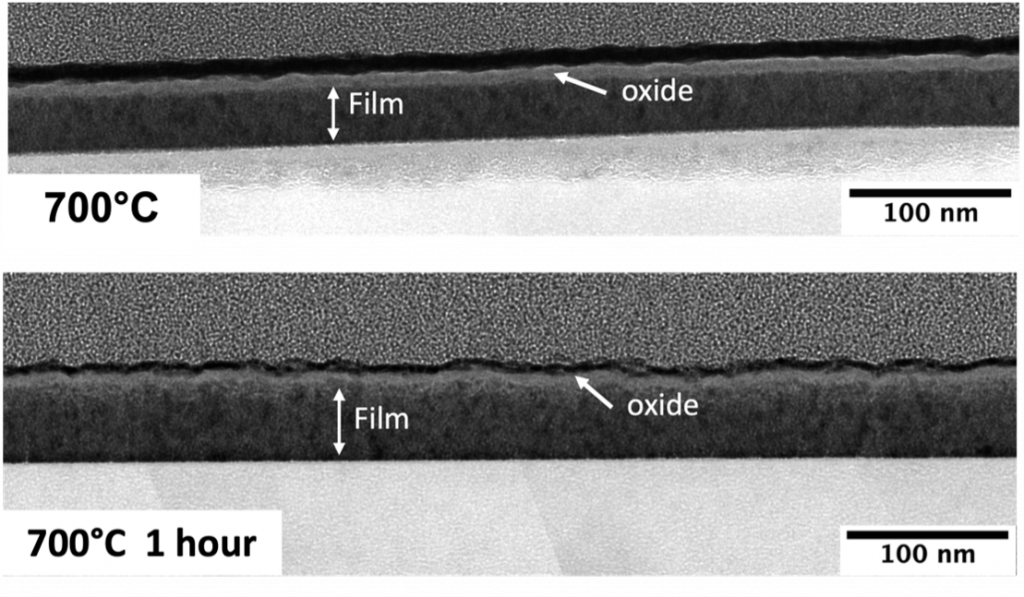
Diborides are ultra-high temperature ceramics that are known for their hardness, wear resistance and stability in extreme chemical and thermal environments. For bulk diborides, the oxidation resistance at high temperatures stems from the formation of a surface layer of liquid boron oxide. This boron oxide is volatile above 700°C, especially in the presence of moisture, and the evaporation of boron oxide at higher temperatures leads to the gradual consumption of the bulk ceramic. However, this poses a problem for the volumetrically limited transition metal diboride coatings and thin films. These lucrative properties of diborides make them extremely suitable coating materials for high temperature applications, but oxidation limits their application temperature regime, especially for application temperatures around 700°C.
Evaluating changes in the dislocation microstructure in hydrogen charged austenitic steels
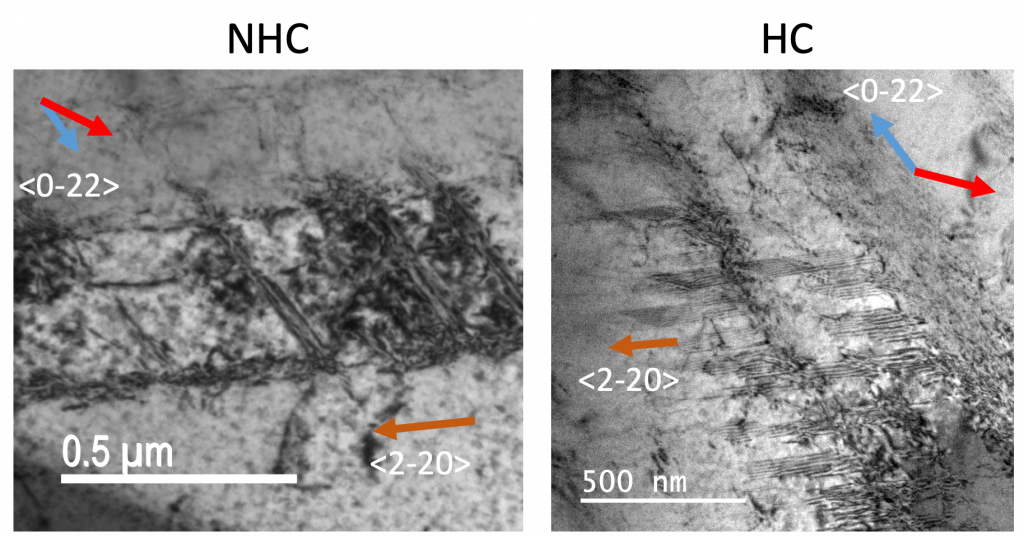
More details to come.
Quantifying degradation in porous metal anodes for Li-ion batteries
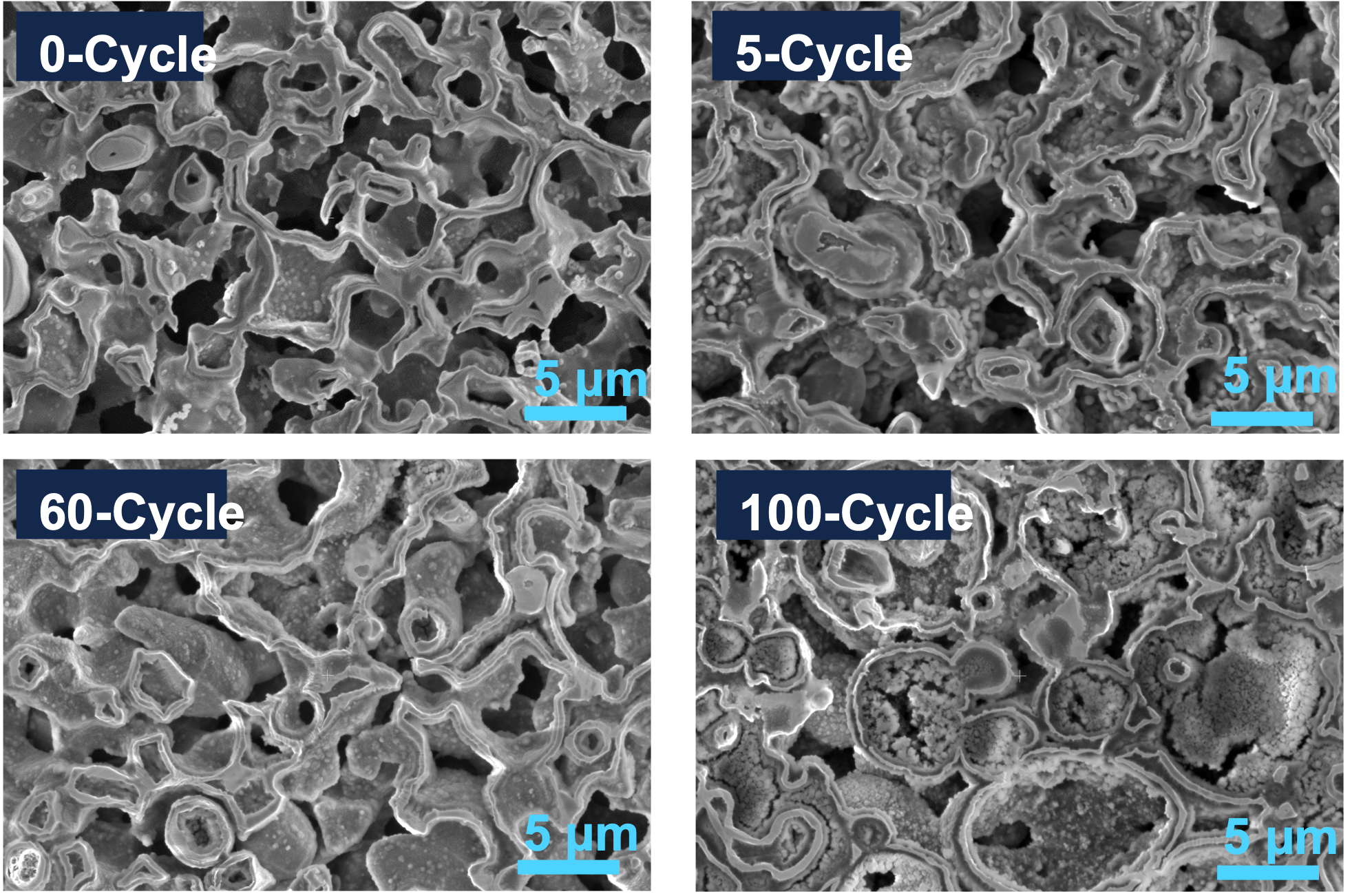
More details to come.